Global Health Watch 3: An Alternative Global Health Report – Featuring the Vermont Workers’ Center
The alternative global health report, spearheaded by the People’s Health Movement and published by Zed Books last fall, is available online: Global Health Watch 3: An Alternative Global Health Report.
The report was prepared by People’s Health Movement, Medact, Health Action International, Medicos International and Third World Network. NESRI and the Vermont Workers’ Center contributed a case study of Vermont’s Healthcare Is a Human Right campaign (the information included is from 2010, prior to the passage of Vermont’s 2011 universal health care law; page 348).
People’s Health Movement started a global Right to Health campaign a few years ago and the last section of the report (Section E: Resistance, Action, Change) sets out a framework for using the right to health in organizing, movement building and advocacy.
“The Right to Health (RTH) approach is a critical conceptual perspective, as well as a practical framework which can help to develop health movement actions. Combined with complementary approaches, it offers us concrete direction and strategies to wage struggles and campaigns (from local to global levels); it provides a framework to critique existing health-related policies; and it offers a vision to help shape alternative, people-centred health systems and social services.”
The report lists reasons for using a rights-based approach:
- “The rights language has a strong universal appeal, and can enable large masses of people, beyond health professionals and activists, to relate to key health issues and to get involved.
- The approach helps to directly empower individuals, communities and organisations, enabling them to demand specific outcomes.
- The health rights approach focuses on functional outcomes, and measures all general policy declarations or system commitments in terms of what people actually receive in terms of real entitlements.
- When the idiom of health rights pervades the overall discourse, health services become understood as important public goods, which should be universally accessible without conditions.
- Once certain rights are obtained through struggle by a few groups, it can become a precedent for other groups to demand similar rights.
- The approach strengthens the claims of the most disadvantaged and vulnerable sections of society, and helps to challenge discrimination while demanding certain entitlements.
- Rights once granted cannot be easily reversed.
- The rights approach talks in terms of obligations and violations, thus squarely placing the responsibility to deliver on the system.”
The report goes on to situate the right to health approach within the context of social movements, and lists the following features:
- “It would be based on a vision of collective (along with individual) health rights, emphasising the rights of communities (such as people living in a village or an urban settlement) and hence should strongly promote community mobilisation.
- It would be informed by a critical understanding of the health sector crisis, including the underlying political economy of the impact of neoliberal policies, weakening of public health systems, privatisation and their impact on health services.
- It would not hesitate to identify and challenge the social and political barriers that block the fulfilment of health rights.
- It would combine demands for the Right to Health Care and the Right to Health determinants as part of a holistic approach.
- It would facilitate alliances of the health movement with other social movements.”
